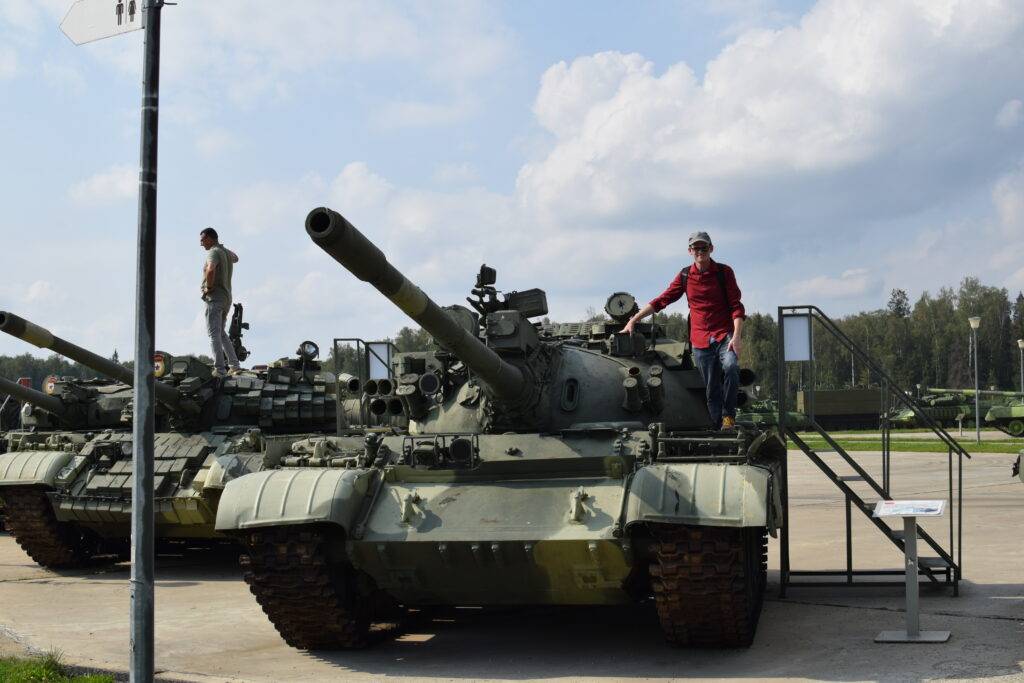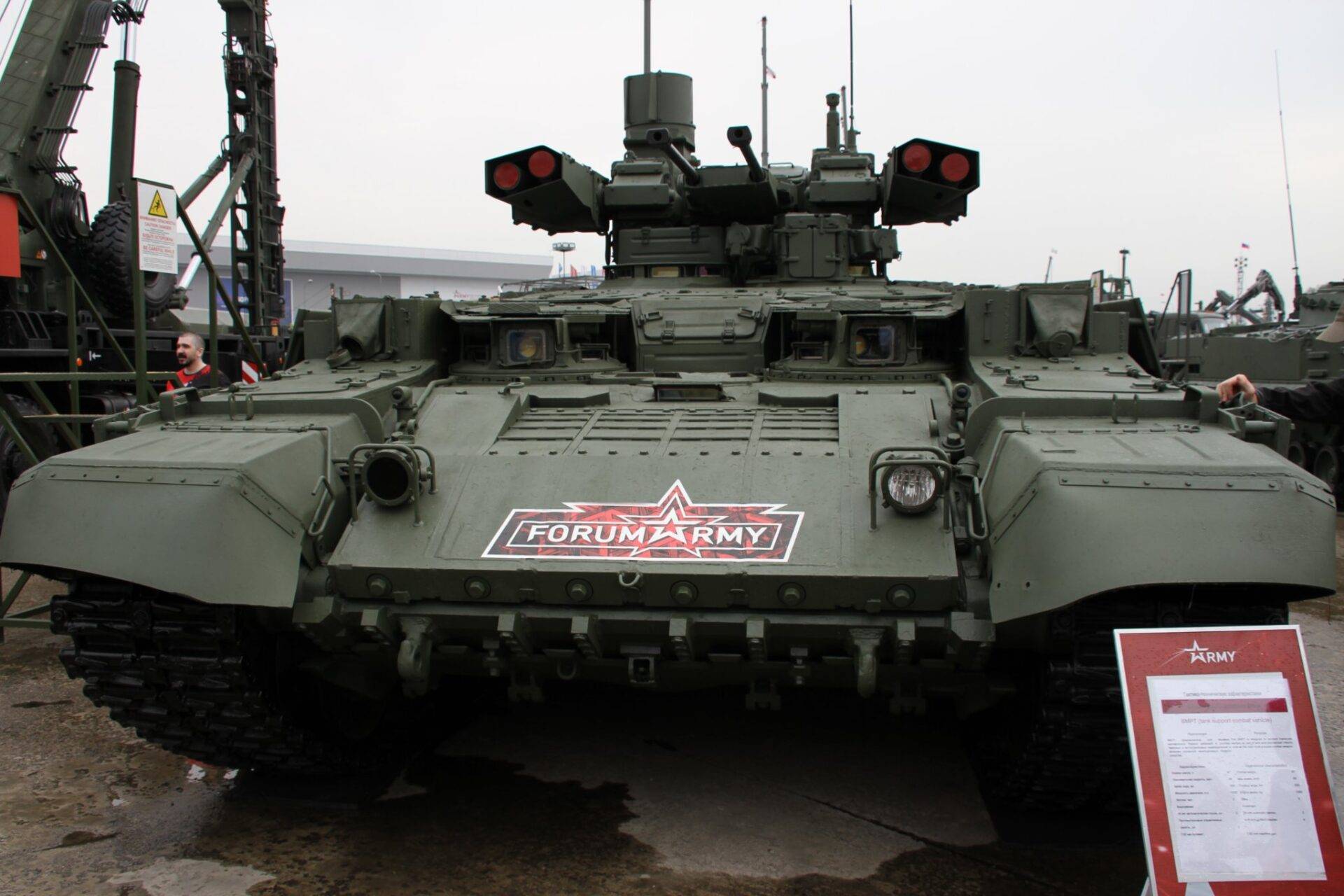I think it’s time to talk about Wagner Group and private military companies in general.
PMCs are not new, and to understand them now, we should look at their origins in modern history. As Medieval Europe shifted from feudalism and military technology progressed, the way they fought wars changed too. Wars had to be fought by professionals with proper equipment, but professionally equipped professionals are expensive. That made large standing armies beyond the reach of most states, particularly since Keynes hadn’t been born yet and no one realized it is possible to just print your own money to borrow from yourself. So companies of mercenaries became popular.
That principle still holds true today, and remains the primary reason for the appeal of PMCs, and this became particularly true in the USA’s Global War on Terror starting in 2001. Of course there was corruption involved, like Dick Cheney getting filthy rich from giving away contracts to Haliburton, but the fact remains, using mercenaries and contractors is a sensible cost-saving measure that continued even after most of the USA’s wars wound down. Go to an American base anywhere in the world and you will likely see just as many private employees as military personnel. As it turns out, many jobs, especially non-combat roles like food preparation, emergency services, or security, can be done by private companies. Unlike uniformed soldiers, employees of a PMC can be quickly hired or dismissed to suit short-term needs (no different in concept than a medieval king hiring mercenaries for a brief border dispute and then dismissing them).
Also, members of a country’s armed forces tend to have a lot of benefits besides pay, and these need to be taken into account when assessing overall cost. Critics of using PMCs often cherry pick data to distort the facts. For example, a critic might point out that, on paper, a soldier in a PMC might get paid more than his equivalent in the US Army. But, the PMC employee is responsible for a lot of costs that the Army soldier gets for free, like healthcare, life and medical insurance. And a PMC employee can be let go as soon as his role in the war is over, while the soldier is protected by his contract. Not even mentioning the obvious fact that PMCs can be recruited with existing job experience and skills without the need to train them from scratch.
Bottom line, a government using PMCs makes fiscal sense.
Now, consider the political benefits of using PMCs. Sending a national army into a war or a peacekeeping mission is always controversial, especially if there is active fighting and casualties. And an army’s casualties are difficult to cover up. But casualties suffered by a PMC can simply be swept under the rug and not reported. Did you know that in the USA’s war in Afghanistan, almost 4,000 contractors were killed and an additional 15,000+ injured? Probably not.
When it comes to war crimes, or just soldiers misbehaving in general, that, unfortunately, always happens. But again, it’s possible for a government to distance themselves from the actions of a PMC in ways that are not possible with their own army.
So, in hindsight, we shouldn’t be surprised to see PMCs taking a more active role in Ukraine, Syria, and other hotspots around the world, and that’s another unfortunate precedent from the War on Terror. Other world governments were watching everything we did, and could see what worked and what didn’t.
With all that said, the whining about Wagner Group is just hypocrisy, and that’s particularly apparent in the ongoing feud between Biden’s administration and members of Congress. From Zero Hedge (13 March):
Sen. Jeanne Shaheen (N.H.), a Democratic member of the Senate Foreign Relations Committee is leading the charge along with six other Democratic and Republican senators to get Russia’s Wagner Group mercenary firm labeled a terrorist organization.
Shaheen’s legislation, titled the Holding Accountable Russian Mercenaries (HARM) Act would force the State Department to add Wagner to the Foreign Terrorist Organization (FTO) list. It’s designed also to force the Biden administration’s hand, which has remained resistant to issuing a terror label, only dubbing it more ambiguously as a global criminal organization and thus bringing limited financial sanctions. This as Wagner is increasingly the focus of international headlines for its leading role in fighting for Bakhmut.
I can think of couple obvious reasons for Biden’s hesitation to designate Wagner as a foreign terrorist organization. For one, that’s not a particularly smart precedent, since the USA is also increasingly dependent on PMCs.
Two years ago, I suggested that the US armed forces will no longer be used for any large-scale conflict in the world, and all the fighting will be done by mercenaries. Looking back, even in the context of the war in Ukraine, my prediction mostly held up. The proxy war against Russia is being fought by Ukrainian troops and foreign mercenaries, the handful of uniformed American servicemen in the combat zone are explained away as advisors and observers – and this might in fact be a true statement. American soldiers who are needed to directly participate for some reason, like operating HIMARS (see my post here), could be veterans who are not “officially” part of our armed forces anymore.
The second problem with adding Wagner to the FTO list is that this would, I assume, make Russia a state sponsor of terrorism. Slava Ukrainie actives are clamoring for that idea too, the problem is that this would domino effect into the USA also being a state sponsor of terrorism. And what I mean by that is the huge number of treasury exemptions to sanctions. Pretty much any American company can be exempted by sanctions if they want to enough. I’m guessing that this would no longer be legally feasible if Russia was designated as a literal terrorist state. No American company could legally trade with Russians on any basis, and presumably, this would also suggest that any private American citizen who visits Russia or does business in Russia is breaking the law. Well, I don’t see that happening. Europeans seems to be eager to become the Fourth Reich and round up their own people, but the American strategy so far has been to invent workarounds to our own rules. That requires continuing the facade of not being at war with Russia, and not giving them any labels that have actual legal meaning or consequences.
All that said, I do personally believe the role of Wagner in Ukraine is highly exaggerated. Officers and spokesmen from official military units and organizations are heavily restricted in what they’re allowed to say, while PMCs like Wagner are not. That likely is the reason we hear so much about Wagner, giving the misleading and overstated impression of the size and scale of their operations. Consider an incident in WWI, the Battle of Belleau wood. American Marines were allowed to publicly announce their exploits in the newspapers while Army and French units were not, giving the public the (completely wrong) impression that the entire battle had been fought and won by the Marines and the Marines alone. That I think is what is also going on in Ukraine. After all, Wagner is a PMC, not a whole army like Cobra or Hydra. It’s essentially a light infantry outfit that’s still dependent on regular military forces for tanks, logistics, air support, and probably almost everything else.
Thank you for reading, and special thanks to Randolorian for your $50 donation! That officially brings me to my first fundraising goal to pay for the website’s next billing cycle. I’ll announce the next fundraising goal this weekend. Thank you to everyone for your ongoing readership, shares to other blogs and social media, and other forms of support! If you would like to donate, please visit my Buy Me a Coffee page.
Ian Kummer

Support my work by making a contribution through Boosty
All text in Reading Junkie posts are free to share or republish without permission, and I highly encourage my fellow bloggers to do so. Please be courteous and link back to the original.
I now have a new YouTube channel that I will use to upload videos from my travels around Russia. Expect new content there soon. Please give me a follow here.
Also feel free to connect with me on Quora (I sometimes share unique articles there).



You know that I have mixed feelings abt PMC owned by a rich guy, but Wagner group members are popular where they fight.
And yes, it all boils down to a kettle calling pot black.
I added this paragraph – I meant to include it originally but forgot. All that said, I do personally believe the role of Wagner in Ukraine is highly exaggerated. Officers and spokesmen from official military units and organizations are heavily restricted in what they’re allowed to say, while PMCs like Wagner are not. That likely is the reason we hear so much about Wagner, giving the misleading and overstated impression of the size and scale of their operations. Consider an incident in WWI, the Battle of Belleau wood. American Marines were allowed to publicly announce their exploits in the newspapers while Army and French units were not, giving the public the (completely wrong) impression that the entire battle had been fought and won by the Marines and the Marines alone. That I think is what is also going on in Ukraine. After all, Wagner is a PMC, not a whole army like Cobra or Hydra. It’s essentially a light infantry outfit that’s still dependent on regular military forces for tanks, logistics, air support, and probably almost everything else.
Prigozhin is really good at trolling.
Way to go Randolorian!
While Prigozhin is a troll par excellence, it’s hard to avoid the conclusion that he’s the only one on the Russian side – except maybe Medvedev – who understands the value of social media and propaganda. Most people never heard of Wagner 6 months ago. Now it seems as though Wagner is single handedly choking Ukranazistan to death. Apart from purely propaganda points, it has the effect of concentrating Ukranazi efforts on Wagner forces, degrading their efforts elsewhere. For instance they stripped their Avdeevka front of reserves to try and hold Artëmovsk, where Wagner is, so permitting Russian gains in Avdeevka and possibly scotching the Great Nazi Spring Counteroffensive once and for all.
Wagner do have their own aviation according to the RuAF via the ‘FighterBomber’ TG channel:
‘For four months now, bombers, fighters and long-range aircraft have been operating with guided weapons from distances inaccessible to enemy air defense. Only aviation of “musicians” goes purely for classic bombing with “uncontrolled cast iron”‘.
Wagner has its own ‘Rooks’ (SU-25) and seemingly some SU-24s judging by UA drone footage of an SU-24 dropping unguided bombs on their positions.
Prigozhin is a great troller of NATO too. I enjoyed his letter to Secretary Austin proposing a new Wagner operation that the US might like to invest in called “Wagner Save America”!
Keep up the great work 🙂
QK
Hi Qolotlh,
I’ve seen bloggers claim that Wagner has aircraft and tanks. I don’t think it’s true because it doesn’t make any sense. Factories that make the parts and munitions for SUs are all state-owned, not to mention the planes themselves. What possible advantage would there be to giving a corporation fighter jets? That just creates an unnecessary entity competing for the same logistics train.
I follow the argument… the ‘fighterbomber’ channel has a good reputation though.
And, Wagner have a recruitment ad (https://vk.com/wall-188474281_70305?lang=en) which includes:
“To date, the Company, in addition to assault units, has aviation, air defense, communications, electronic intelligence, electronic warfare, UAVs, reconnaissance, engineering and sapper units, artillery, units on tanks, infantry fighting vehicles and armored personnel carriers.”
I agree with what you say about a corporate airforce, but ‘the musicians’ are just that bit different from ordinary PMCs I think…
Just seen your new funding aim which sounds just great…
Keep going!
QK
In the US, one of the benefits for personnel is transgender surgery. VERY expensive.
I do think one of the only export products the US will have in the future is mercenary interventions around the globe.
Nothing new, but more & more explicitly for money. Quite the racket, protection money.
From what I can gather myself, given my own level of understanding at least, Wagner is just one of several “motivated vanguard” detachments that appear to be core to how the Russian command conducts the operation. Kadyrov’s Ahmat fellows are another example, and if my understanding does not fail me, so is the Far East volunteer corps popularly known as Valiant (they can be distinguished by their bright-red square patches with a Spartan A-like symbol). It’s really quite simple and logical – in almost the exact opposite fashion to what Westerners imagine Russians to do, the high command is trying to keep regular, ordinary soldiers out of the tip-of-the-spear combat as much as possible, and without exception is using the forces “with the most to prove” for that. Something that unites the Ahmat soldiers, Wagner PMCs and the Valiant is “fighting to prove themselves” – Kadyrov’s men are battling to redeem and improve the public image of Chechnya and, more broadly, their faith of Islam from the mud they were pushed into by “American friends” trying to turn them into a terrorist fifth column in the 90s-00s, and to win honour to their name in a way very customary to Caucasus culture, though valour on the battlefield and being recognized as fighting gallants; Wagner PMCs are a less cultural, more diffuse and yet also more personal version of that, priding themselves on the image of “valorous expendables” and offering both redemption and restoration of integrity of character to civic sinners (both those with a criminal record and simply people down and out in life) and personal honour through service few want to undertake (indeed, the part about making money off it is the least of all in what they talk about in their public outreach); the Valiant volunteers are the least loud and present in media but, from the reports of them given by frontline correspondents, they bring a lot of hometown pride and a sort of civic view of old-school warrior traditions from Far Eastern indigenous cultures, expanded to include not just those indigenous by blood but Russians and others living together with them.
A corollary to these are the own Donetsk and Lugansk army corps – they’re the other names you hear a lot in reporting, and they obviously bring the “fighting for their homeland” angle; they’re on the frontline because the fighting is directly about their fate and that of their hometowns. They have even more to prove than seekers of honour or redemption, they’re basically making their name and image as a region of Russia right now by fighting to make it stay one, “washing off” whatever suspicions or distrust there were over them having been part of 404 before, winning the trust of the rest of Russians as members of the same people they can be proud of rather than suspicious of. So there is a twin responsibility for them shouldering that burden more than most – it’s “their fight” more than anyone’s.
As such, the command seems to vastly prefer letting those people – with personal stakes in the fight above those of the ordinary – take point, and support them with combined arms ops. And as a result, you hear a lot about them and a lot less about regular Russian detachments simply because, contrary to Western lurid tales of waves or Russians trying to kill their opponents by drowning them in dead Russian bodies, they’re kept back as much as possible while the more motivated (and more expendable, in some cases) corps do the most active fighting, and the most visible presence of the “more regular” Russian army is CAS and long-range artillery and missiles. As for a big part of why they are kept back, more on that below.
What boosts this further in Western media is that, on one end of things, the part of the front where Wagner PMCs were allocated is the one that is loudest for them right now (as compared to, say, Ahmat being assigned to the Mariupol area and rotated out to refit and resupply after); and on the other, blowing PMCs out of proportion is part of their strategy of claiming that “Russian forces are composed of released convicts and penal battalions that they let loose to pillage, rape and murder the poor helpless Ukrainians, won’t anyone please donate some more money to stop them”. An extra side to this is the narrative thread of “Russian armed forces have all been killed already and they’re having to resort to convicts and crazies with guns”, presupposing that this a measure of last resort due to not having any soldiers left. As I denoted above, it’s rather the opposite.
So where are the actual Russian armed forces? Staying back to check and forestall the possibility of NATO striking elsewhere against Russia, both in its own borders and against deployments near Afghanistan or in Syria. Unlike what CNN would have everyone believe, Russia doesn’t think it’s fighting the Ukraine, Russia sees this as a war with the West in which 404 is merely the current “hot” theatre, and keeps in mind the possibility of the globalist bloc striking somewhere else. Which they very well might have done – had Russia not kept back the absolute majority of its forces to discourage such adventures by being present and offering no unmanned gaps.
Great post. Kadyrov wants to form his own PMC after the SMO is done I gather. After meeting Prigozhin apparently. More power to the RF mill!
QK